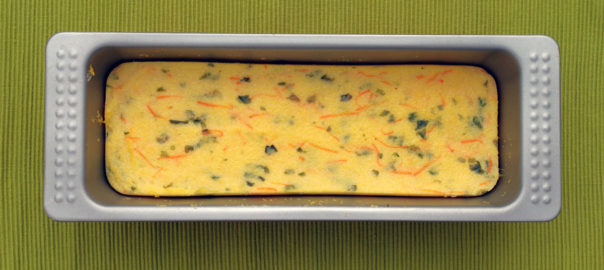Yoga Kitchen – Simple, healthy and vegan
A treasure of poor man’s kitchen
In the nineteenth and the beginning of the twentieth century polenta must have been the most widespread “poor man’s dish” of the Italians in the countryside. Although the poorest layers of the population often ate in a very unbalanced way, the so called “poor man’s kitchen” is a very inspiring phenomenon in my opinion. Because these people worked with locally available plants and foods. That simplicity, and that low ecological footprint, that’s for sure something we can learn a lot from, today. A lot more charming and more sustainable than many of the so-called ”superfoods” that are flown in by airplane from tropical areas to be sold at exorbitantly high prices in exclusive stores. It can never have been the purpose of something as earthy and basic as our daily food.
What is Polenta?
Polenta is semolina made from corn. Unfortunately, most of the corn that is on our fields is destined to be used for livestock feeding. And why would you want to consume corn in a plant based diet?
Well, it has some interesting characteristics. It is free from gluten and it is easily digested. The recipe here below is excellent for people who decide to ditch meat and other animal products, and who feel an urge or some nostalgia for a fried egg or omelette at breakfast time. This polenta really comes close to it with regards to taste, colour and smell! Especially nice in the winter season.
What are the benefits of seaweed?
Seaweeds are rich in protein, iron and also iodine.
Where do fish get their protein and their renowned omega-3 content? They get it from seaweed!
All the more reason to leave fish alone and learn how to use these little-known vegetables.
People with thyroid disorders need to be careful. The high iodine content can influence their condition.
Are you in that case? Then check with your doctor.
Things you need for a polenta loaf of about 1 kg:
- ca 900 ml of water
- 175 gr quick cook polenta of organic culture
- one up to two full table spoons of finely chopped seaweed (e.g; fisherman’s salad)
- a big carrot (or another vegetable), finely grated
- 1 to 2 teaspoons of sea salt, to taste
- A cooking pan of about 2 litres – that provides some extra space
- a rectangular cake tin of about 30 cms long and 10 cms wide
This is how you proceed:
- Shred the carrot finely.
- You can soak the seaweed briefly in some water, but the fine species can do perfectly without.
- Bring the water to a boil in a pan.
- Once the water is boiling, you can add the shredded carrot, the seaweed and the sea salt into the water, and bring it back to boiling temperature.
- Then add the polenta to the mixture, whilst stirring.
- Let the polenta simmer gently for two minutes, whilst you keep on stirring with a wooden spoon or a whisker.
- The polenta quickly thickens and when it starts to detach at the sides from the border of the pan, it is time to pour the mixture into the previously moistened cake tin.
- Let it solidify and cool, and then store it in the fridge in a box with a lid.
Once cooled, it will easily store in the fridge for one week.
In the morning you can cut off a couple of slices from the cake, grill them briefly in the oven or fry them in some olive oil or high oleic sunflower oil, on low heat.
Delicious with some fresh, raw vegetables!
This polenta is as tasty and fulfilling as an omelette, without the latter’s disadvantages.
Enjoy!
What exactly is gluten?
Apart from corn, millet and rice are two more examples of gluten free cereals. Gluten is part of the cereal’s grain. As such, it’s not bad, because it is plant protein. But it is rather hard to digest. Amongst all proteins, the gluten from modern wheat is the one featuring the longest amino acid chains. So it costs the body and the intestinal bacteria a lot of energy and time to cut these super long chains up into small bits during digestion. That is one of the reasons why you can feel quite sluggish after a meal with a lot of gluten rich cereals. People whose intestinal wall malfunctions or is damaged, will suffer even more. When the intestinal wall is weakened so much that it lets too large fragments of only partially digested protein through into the bloodstream, allergies may arise.
For people otherwise healthy the advantage of eating less gluten resides in the fact that digestion is lighter, so the body has more energy available for other activities and processes.


